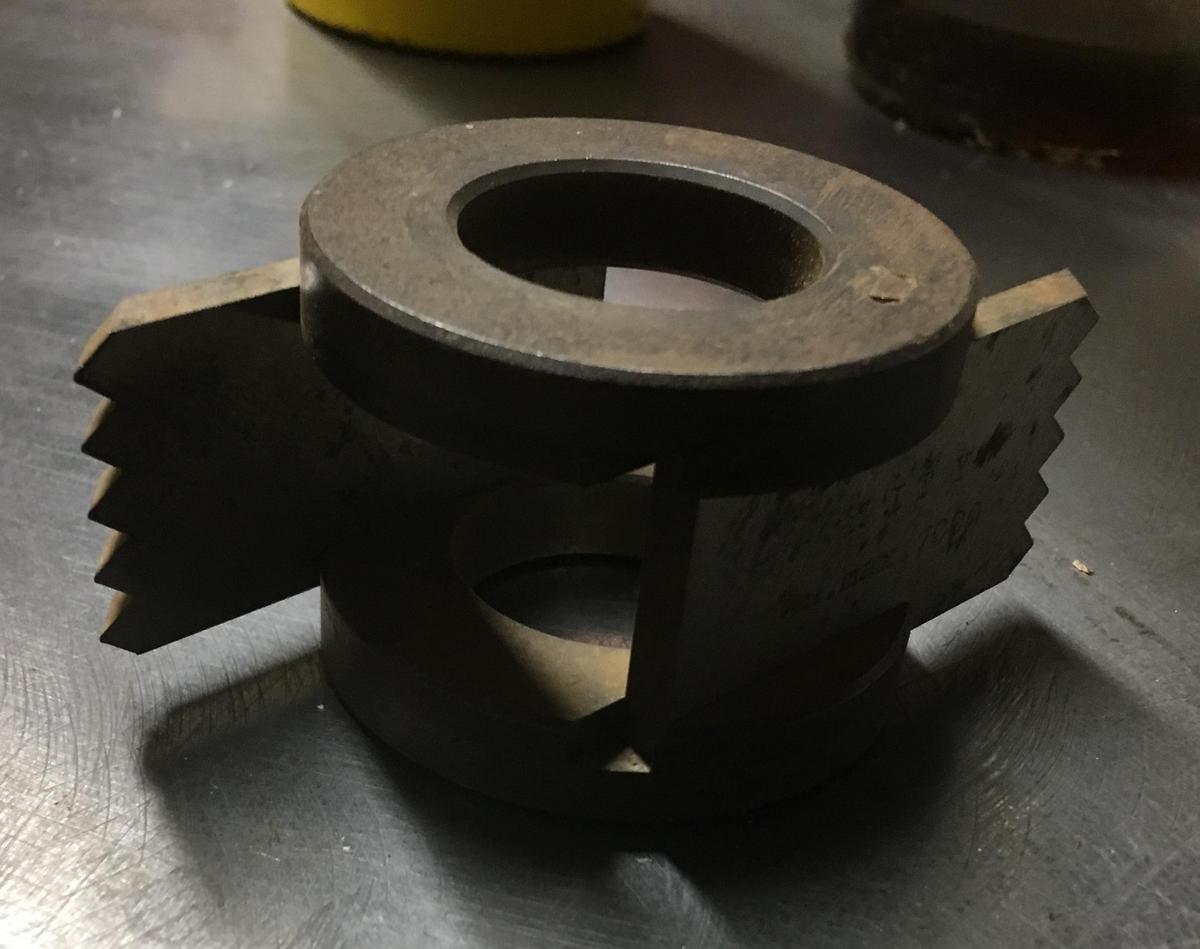Joshua
Member
Good Afternoon,
I’m new here and to joinery, so go easy on me :lol:
I have recently purchased an old Tyzack spindle moulder, there are no model plates or serial numbers just a Tyzack plate.
I’m not 100% sure but from measurements it seems to be a 1” bore, it defiantly isn’t. The more common 30mm bore.
Does anyone know where I can find appropriate tooling for this size? I’m struggling to find anything.
Any help would be appreciated.
Thanks,
Josh
I’m new here and to joinery, so go easy on me :lol:
I have recently purchased an old Tyzack spindle moulder, there are no model plates or serial numbers just a Tyzack plate.
I’m not 100% sure but from measurements it seems to be a 1” bore, it defiantly isn’t. The more common 30mm bore.
Does anyone know where I can find appropriate tooling for this size? I’m struggling to find anything.
Any help would be appreciated.
Thanks,
Josh


































